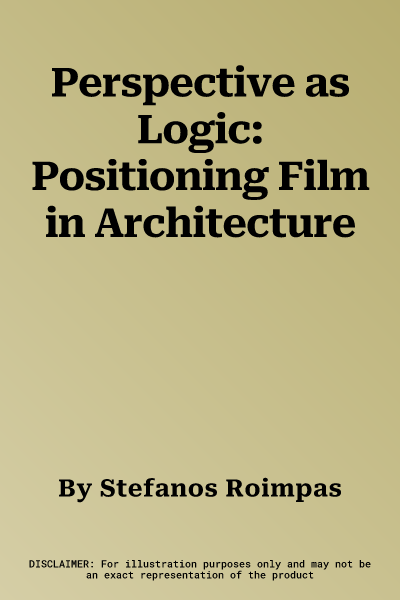Perspective as Logic offers an architectural examination of the filmic
screen as an ontologically unique element in the discipline's
repertoire. The book determines the screen's conditions of possibility
by critically asking not what a screen means, but how it can mean
anything of architectural significance. Based on this shift of enquiry
towards the question of meaning, it introduces Jacques Lacan and Alain
Badiou in an unprecedented way to architecture--since they exemplify an
analogous shift of perspective towards the question of the subject and
the question of being accordingly.
The book begins by positing perspective projection as being a logical
mapping of space instead of a matter of sight (Alberti & Lacan).
Secondly, it discusses the very nature of architecture's view and
relation to the topological notion of outside between immediacy and
mediation (Diller and Scofidio, The Slow House). It examines the
limitation of pictorial illusion and the productive negativity in the
suspension of architecture's signified equivalent to language's
production of undecidable propositions (Eisenman & Badiou). In addition,
the book outlines the difference between the point of view and the
vanishing point by introducing two different conceptions of infinity
(Michael Webb, Temple Island). Finally, a series of design experiments
playfully shows how the screen exemplifies architecture's self-reflexive
capacity where material and immaterial components are part of the
spatial conception to which they refer and produce.
This book will be particularly appealing to scholars of architectural
theory, especially those interested in the domains of philosophy,
psychoanalysis and the linguistic turn of architecture.

